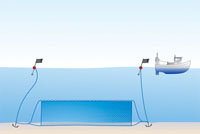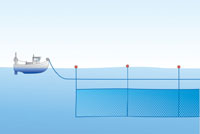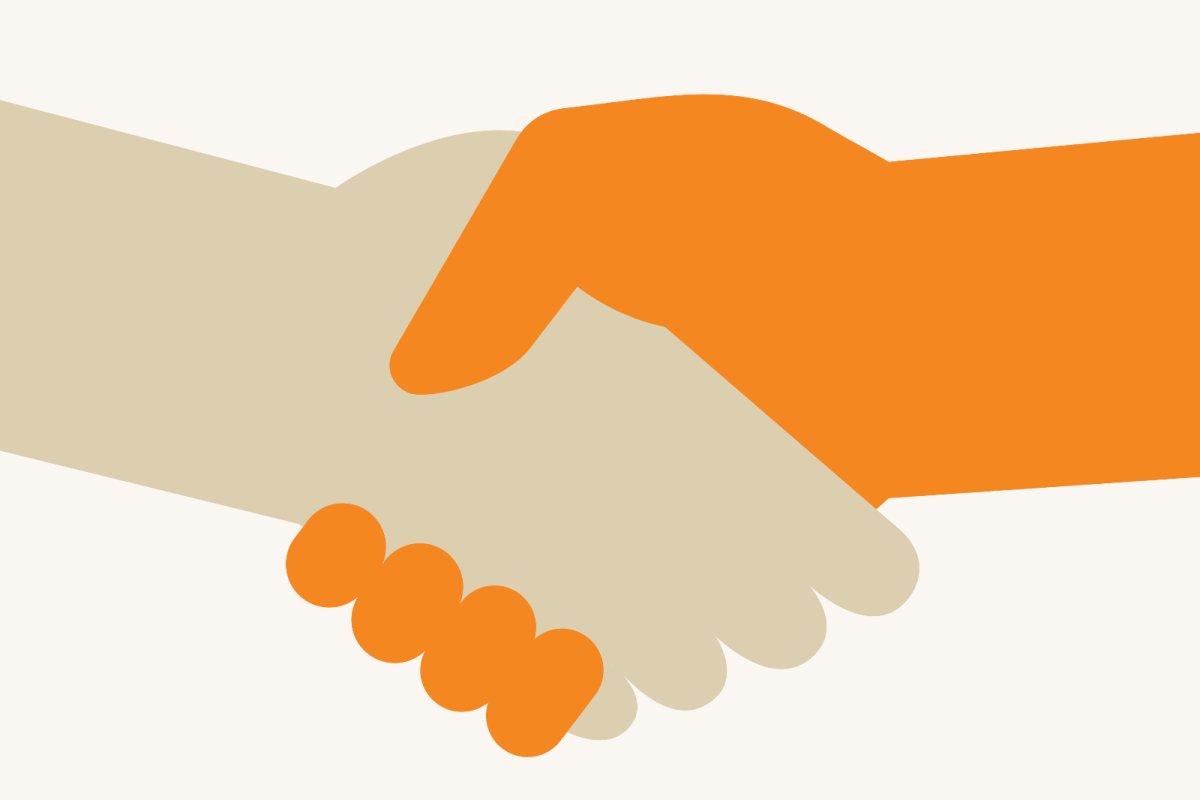 Passive nets are not actively towed by boats; they are either placed to drift on the prevailing currents (drift netting), hung from buoys which keep them suspended between the surface and the seabed (gill nets), or staked to the seabed (set nets). These nets hang like vertical walls in the water and capture fish by the gills as they try to swim through the mesh of the net.
Passive nets are not actively towed by boats; they are either placed to drift on the prevailing currents (drift netting), hung from buoys which keep them suspended between the surface and the seabed (gill nets), or staked to the seabed (set nets). These nets hang like vertical walls in the water and capture fish by the gills as they try to swim through the mesh of the net.
Examples of target species
- Drift netting – tuna, squid and shark.
- Gill netting – demersal species such as monkfish, Dover sole, mullet.
- Set netting – migrating wild salmon and sea trout.
 Environmental summary
Environmental summary
Habitat damage - passive nets are not towed along the seabed so are not associated with damage to marine habitat.
- Bycatch of vulnerable species - passive nets may unintentionally catch vulnerable species and have been particularly associated with catching dolphins, porpoises, sharks and other large marine life.
- Discards - passive nets can be associated with capture of non-target fish and other marine life, but are not commonly associated with the accidental catch and discarding of juvenile commercial species as these smaller fish can pass through the holes in the nets.
- Ghost fishing - a phenomenon in which lost or unchecked nets continue to carry on fishing after they have been abandoned. This is particularly associated with passive net fishing.
Mitigation
Efforts to reduce the instances of ghost fishing include restrictions on the use of ‘monofilament’ (or unbiodegradeable plastic) and national regulations to ensure that all netting is accounted for and not abandoned at sea. Restrictions on net size and the banning of drift netting in international waters and in some national waters has reduced the damage to marine life from these nets, yet illegal drift nets are still an issue and pose a ghost fishing threat.
Good Catch: Good Catch provides practical information for chefs, caterers and restaurateurs, making it easier for them to serve more sustainable seafood.
